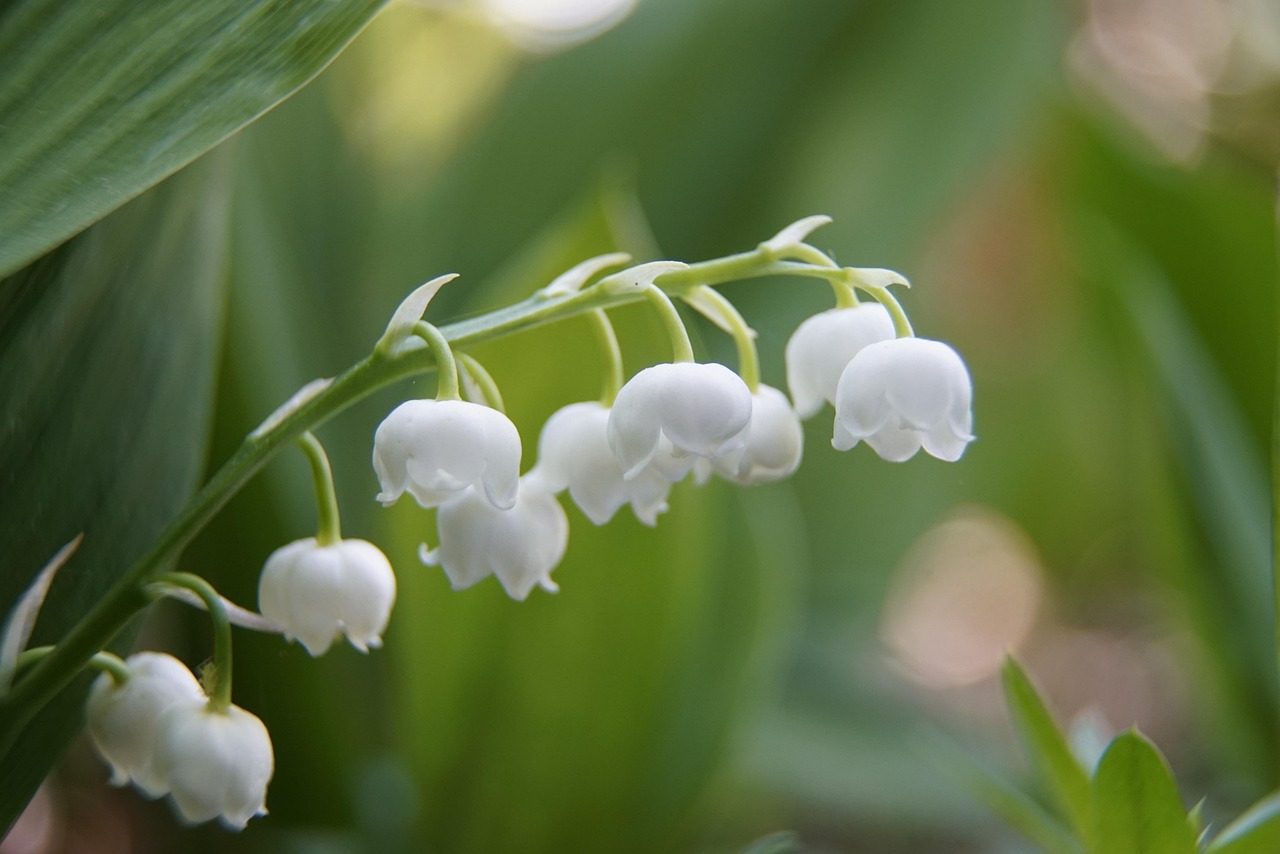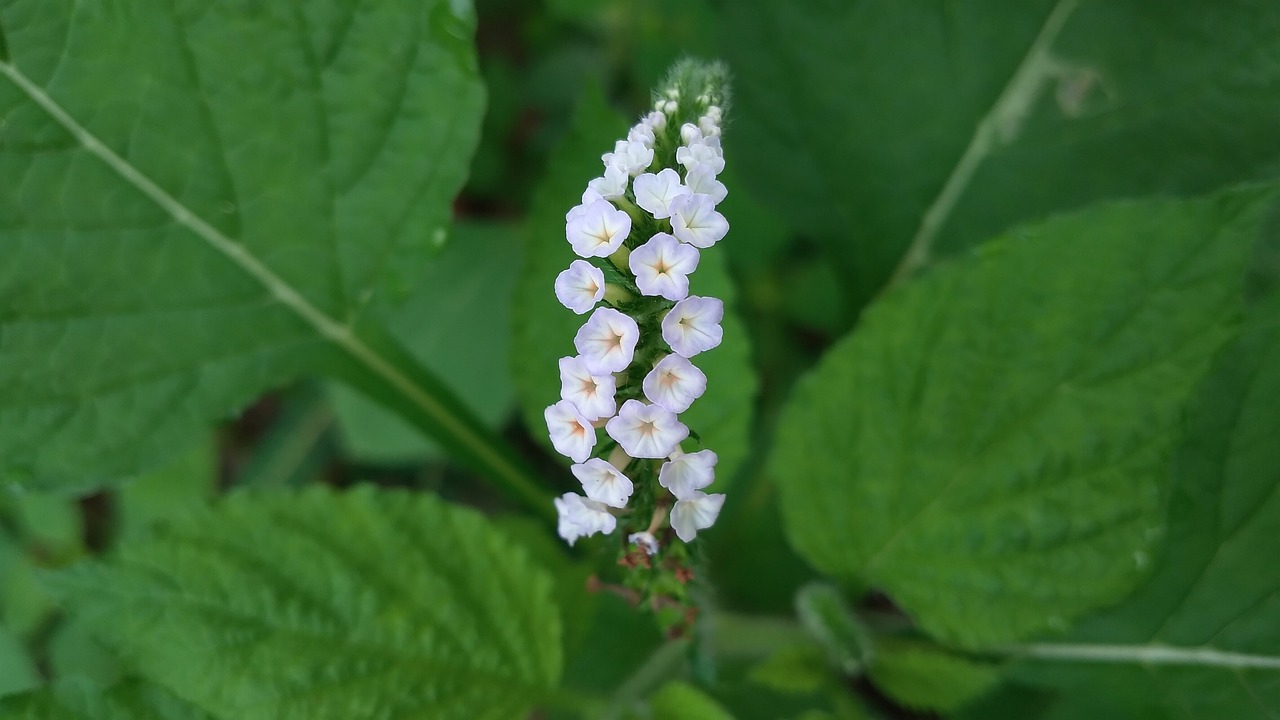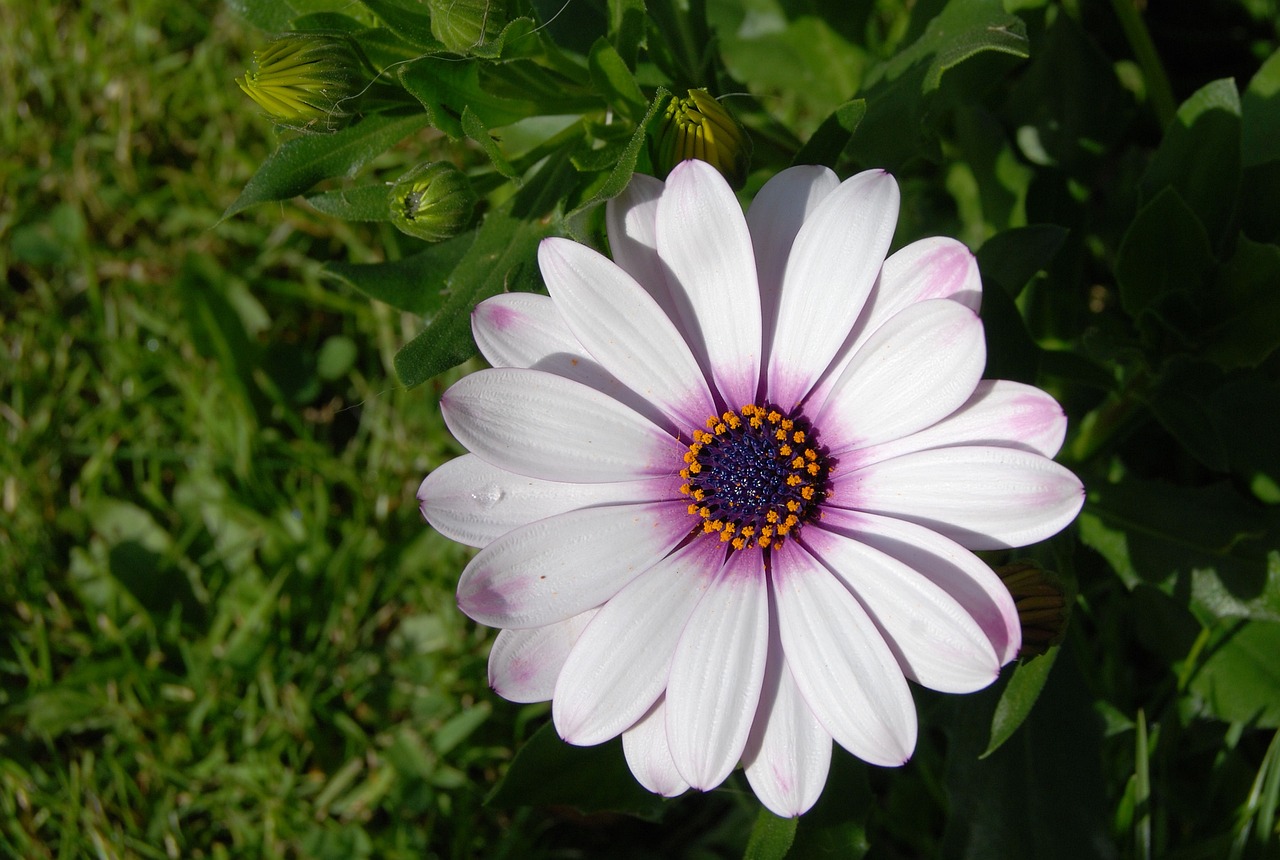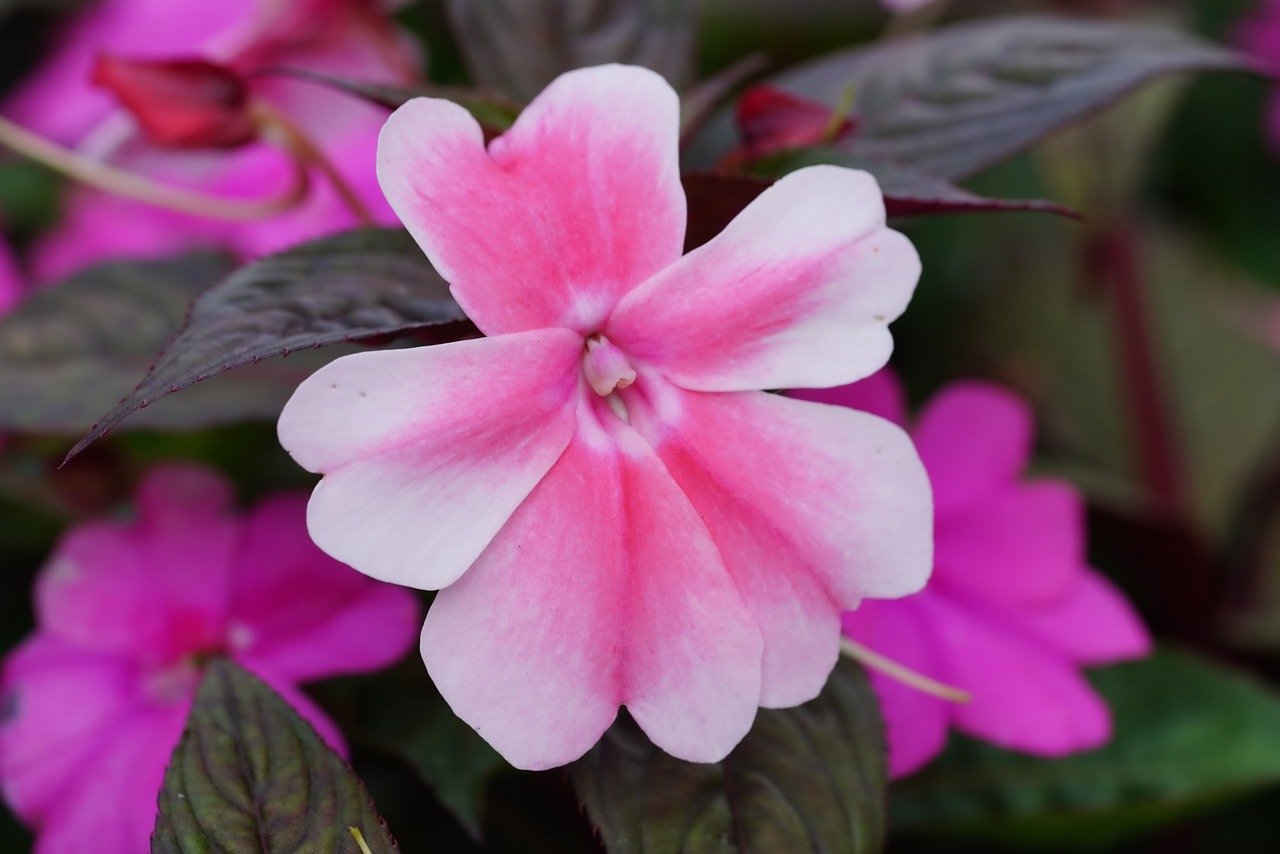California Poppy | The State Flower Swaying in the Gold Rush Wind
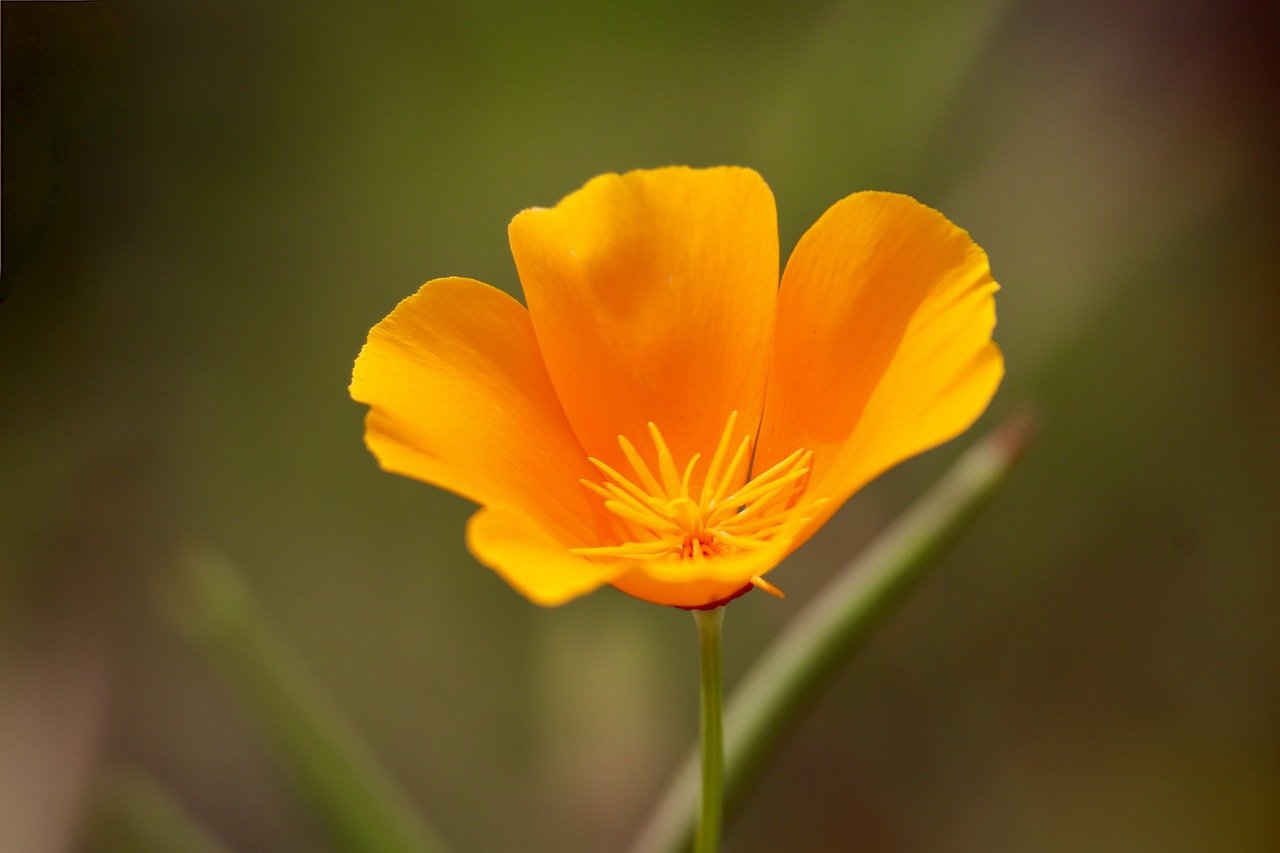
The California Poppy is a member of the poppy family that produces vibrant orange and yellow blossoms.
I am particularly fascinated by its delicate petals that sway gracefully in the wind, brightening gardens and meadows from spring to early summer. Thanks to its drought tolerance and ability to self-seed, once planted, it naturally spreads and thrives with little effort.
In this article, I will explain in detail the basic characteristics, cultural background, history, and cultivation tips of the California Poppy.
Basic Information
- Scientific name: Eschscholzia californica
- Family: Papaveraceae (Poppy family)
- Origin: North America (primarily California)
- Appearance: Fine, delicate foliage with cup-shaped flowers about 5 cm in diameter. Colors include orange, yellow, cream, and pink.
- Blooming season: From spring to early summer. The flowers open during the day and close at night or on cloudy days.
Cultural Significance Around the World
The California poppy has taken on symbolic meanings in many countries due to its bright colors and resilient nature.
In California, it is widely known as the “California Poppy,” symbolizing sunshine and the blessings of the land.
In France, it is called L’Or de Californie (“The Gold of California”), associated with colonial-era adventures and dreams of new frontiers. Its brilliant color is considered a symbol of happiness and hope, making it popular in gardens.
In Japan, the flower was introduced in the Meiji era. Its Japanese name “Hanabishisō” comes from its resemblance to the traditional Japanese crest “Hanabishi.” Today, it is planted not only in gardens but also in parks and along roadsides, brightening landscapes.
Historical Background
The California poppy was first recorded in the late 18th to early 19th century by the Russian botanist Johann Friedrich Eschscholtz, whose name became the origin of the scientific name.
It was later introduced to Europe in the early 19th century, where it was cultivated and developed as a garden plant.
During the California Gold Rush, the golden fields of poppies became symbols of hope and prosperity, giving the flower a special meaning as a reminder of the “Golden Land.”
This significance led to its designation as the official state flower of California in 1903. April 6 is now celebrated as “California Poppy Day,” with conservation efforts continuing throughout the state.
In Europe, the poppy became popular in 19th-century garden culture, especially valued in natural-style gardens. In Japan, it spread widely in gardens and parks after its introduction in the Meiji period.
Gardening Advice
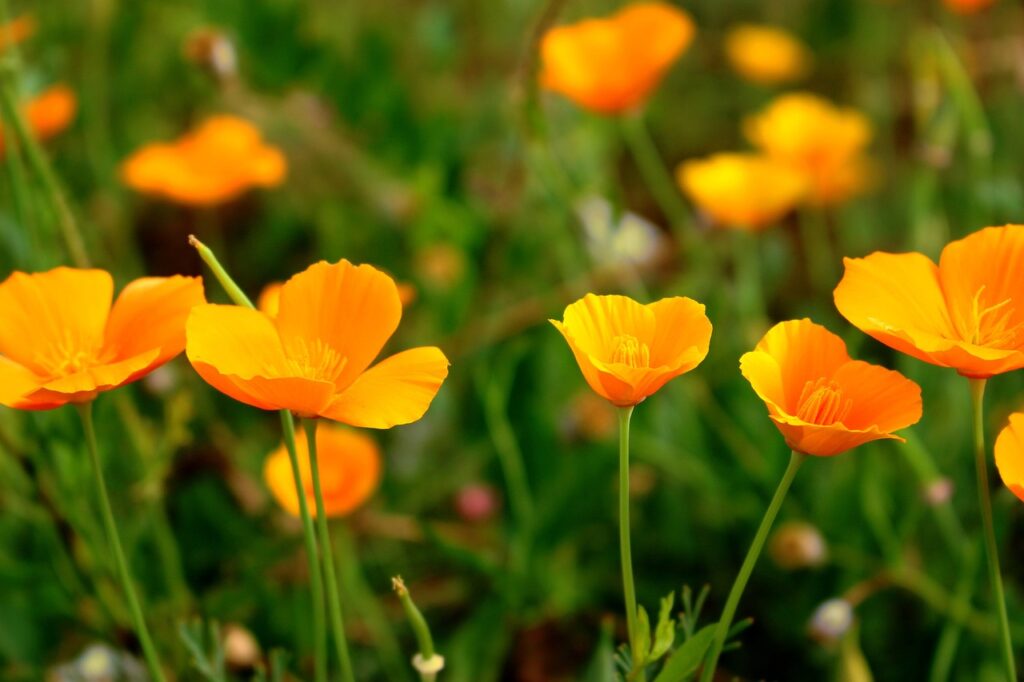
The California poppy is low-maintenance and easy to grow. With proper care suited to its environment, it will reward you with even more beautiful blooms.
Sunlight
Prefers full sun for healthy growth and abundant flowers.
Watering
Drought-tolerant. Water sparingly, only when the soil is completely dry. Avoid overwatering to prevent root rot.
Soil
Well-drained soil is ideal. Sandy or humus-rich light soil works best.
Fertilizer
Requires little fertilizer. Even in poor soil, it grows well, but a small amount of slow-release fertilizer as a base will improve flowering.
Cold resistance
Fairly hardy, though in cold regions the plant may die back in winter. It will sprout again in spring, so no special winter protection is needed.
Propagation
Spreads easily by self-seeding. For intentional propagation, sow seeds in autumn or spring.
Conclusion
The California poppy, the state flower of California, has long been cherished as a symbol of the “Golden Land” during the Gold Rush era.
Introduced to Europe in the 19th century and to Japan in the Meiji period, it remains beloved worldwide. Its Japanese name “Hanabishisō” reflects its resemblance to the traditional Hanabishi pattern.
With its drought tolerance and ability to self-seed, it is an ideal plant for natural gardens. Its brilliant blossoms from spring to early summer continue to brighten gardens, parks, and landscapes across the world.


